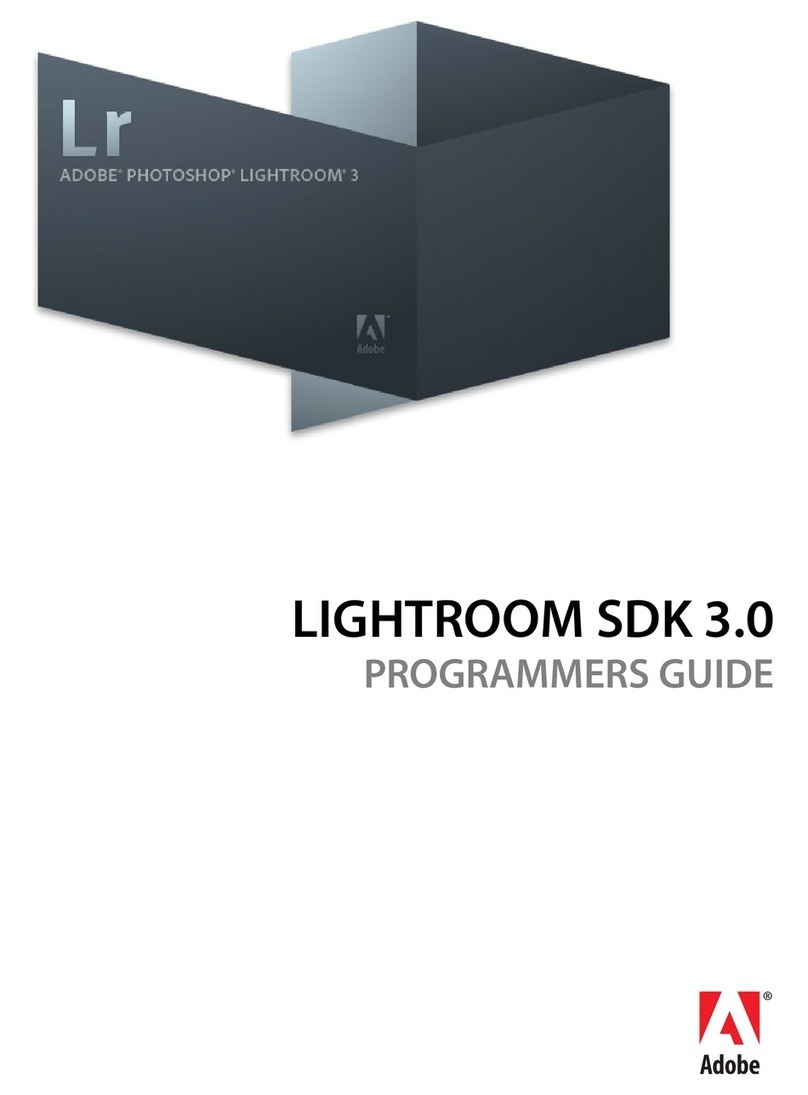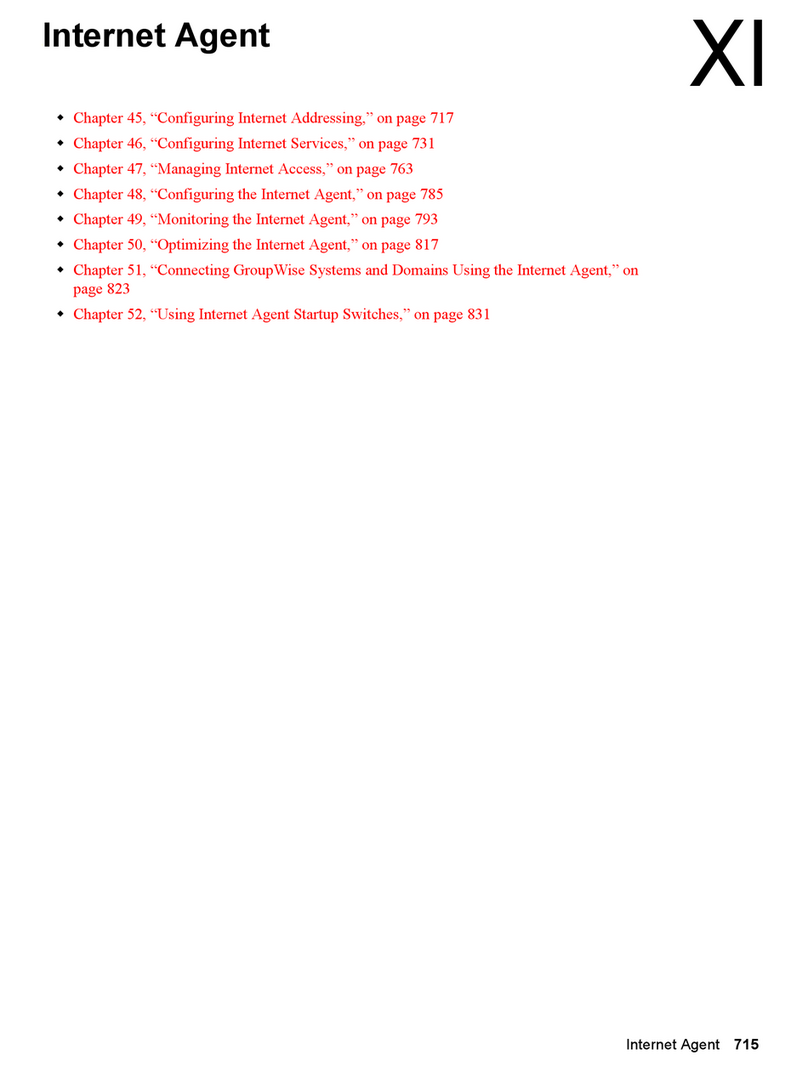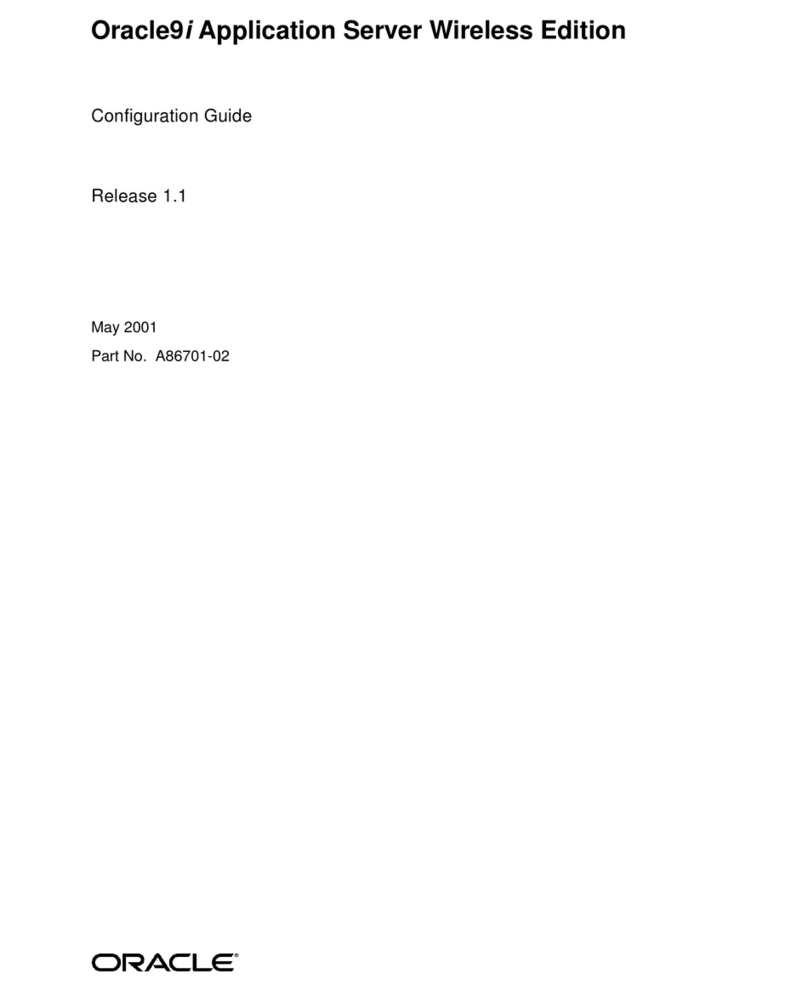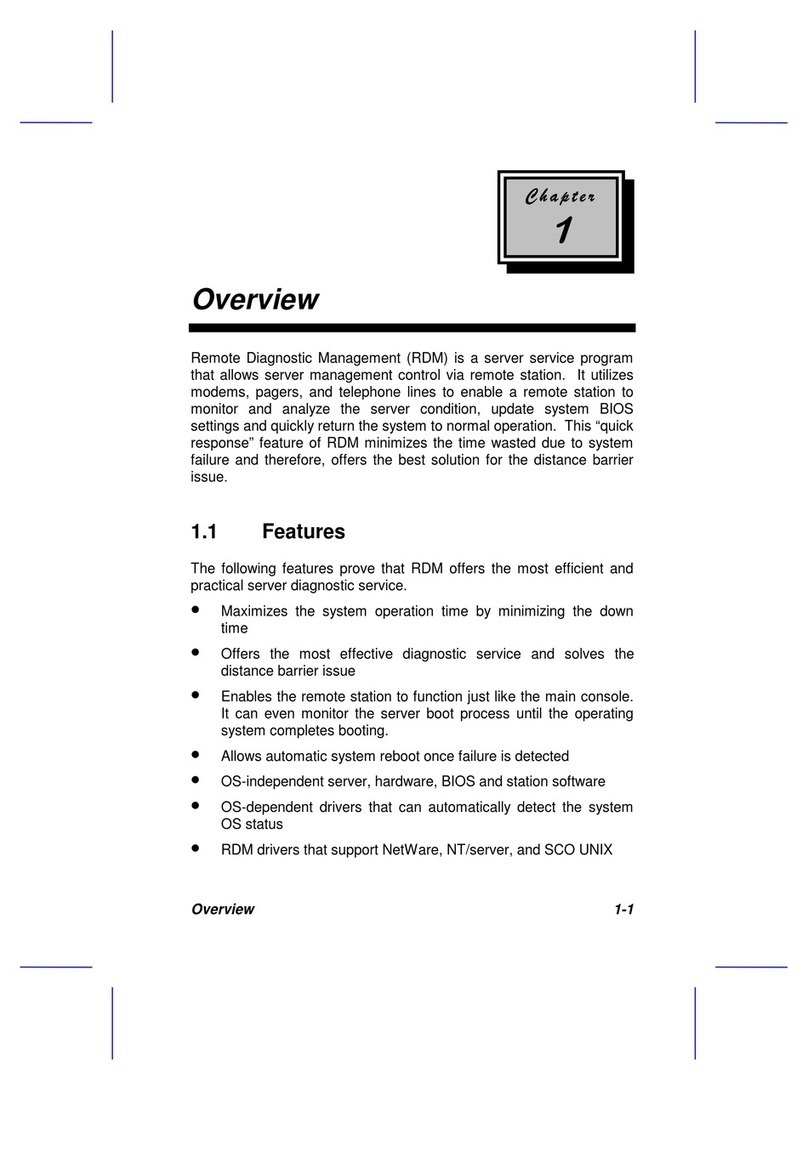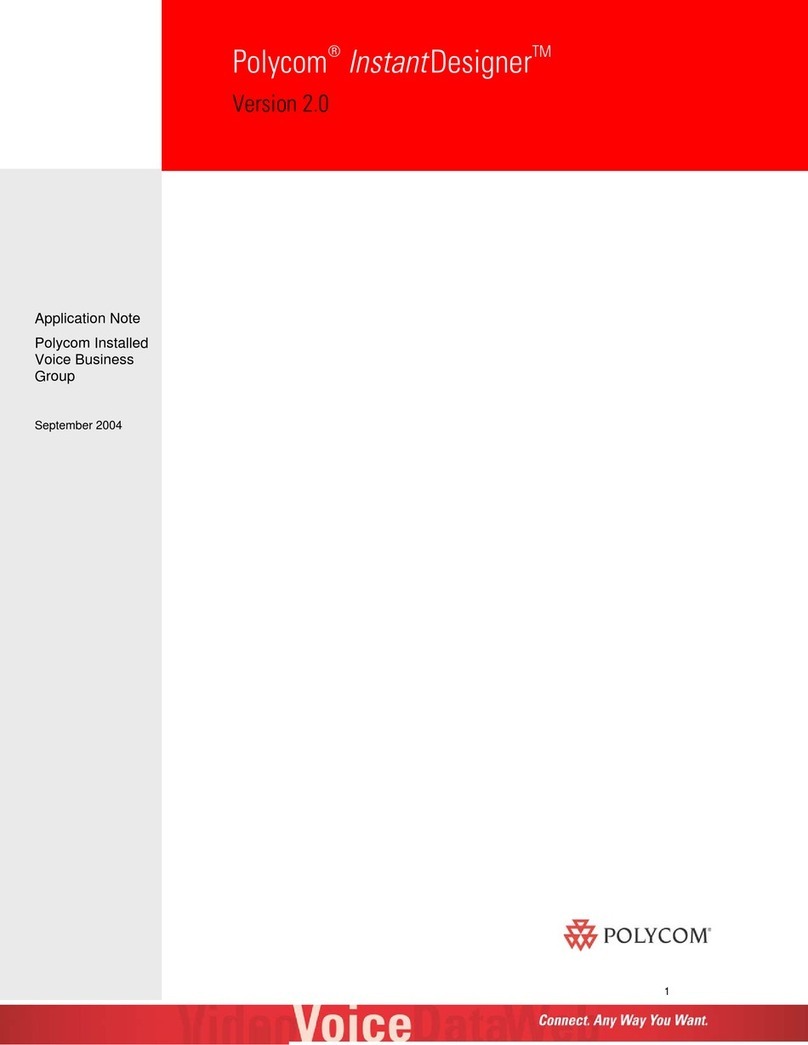HighPoint CLI Reference
Table of Contents
Conventions.....................................................................................................................................1
Introduction to the HighPoint Command Line Interface............................................................2
Supported Operation Systems and Adapters.............................................................................2
Installing the HighPoint CLI on Linux .....................................................................................2
Installing the HighPoint CLI on FreeBSD................................................................................2
Running HighPoint CLI............................................................................................................2
CLI Command Reference ..............................................................................................................5
Query Commands .....................................................................................................................5
query controllers ...............................................................................................................5
query devices.....................................................................................................................5
query devices {device_id} ................................................................................................6
query arrays.......................................................................................................................7
query arrays {array_id}.....................................................................................................7
Create Command.......................................................................................................................8
Delete Command.......................................................................................................................9
Unplug Command...................................................................................................................10
Init Commands........................................................................................................................10
init {device_id}...............................................................................................................10
Init {array_id} {start|stop}..............................................................................................10
Rebuild Commands.................................................................................................................11
rebuild {array_id} {device_id}.......................................................................................11
Rebuild {array_id} {start|stop}.......................................................................................11
Verify Command.....................................................................................................................11
OCE/ORLM Command ..........................................................................................................12
Rescan Command ...................................................................................................................12
SAF-TE Commands................................................................................................................13
SAF-TE...........................................................................................................................13
SAF-TE set {property_index} value...............................................................................13
Events Commands...................................................................................................................14
events ..............................................................................................................................14
Events clear.....................................................................................................................14
events save {file_name}..................................................................................................14
Mail Commands......................................................................................................................15
mail recipient...................................................................................................................15
Mail recipient add {recipient_name} {mail_address} [Inf|War|Err] ..............................15
Mail recipient delete {recipient_name} ..........................................................................16
mail recipient test {recipient_name}...............................................................................16
mail recipient set {recipient_name} {Inf|War|Err}.........................................................16
mail get server.................................................................................................................16
mail set server {server_address} {port} {status} {from_address} ............. [username]




